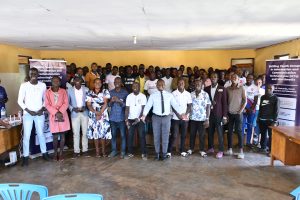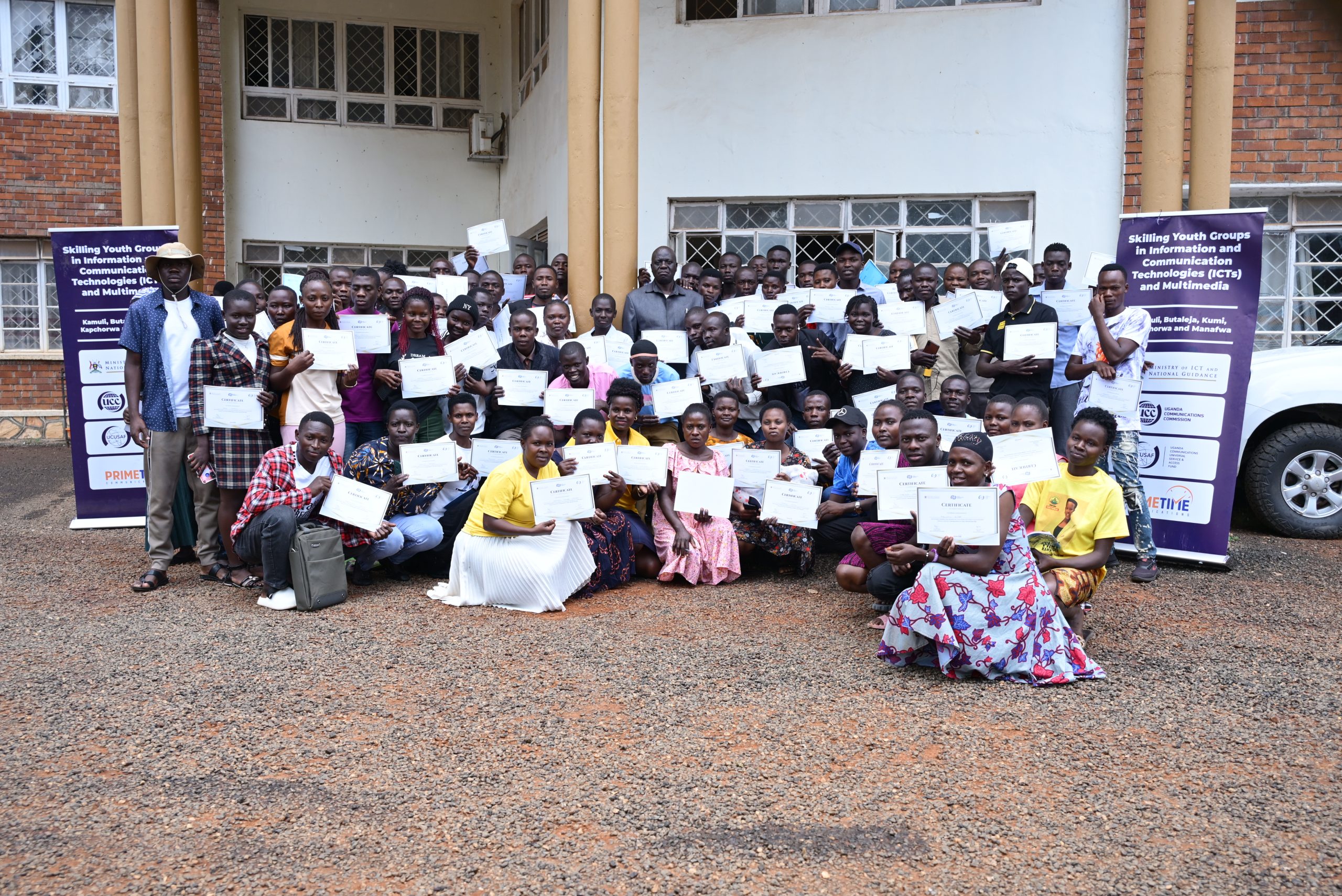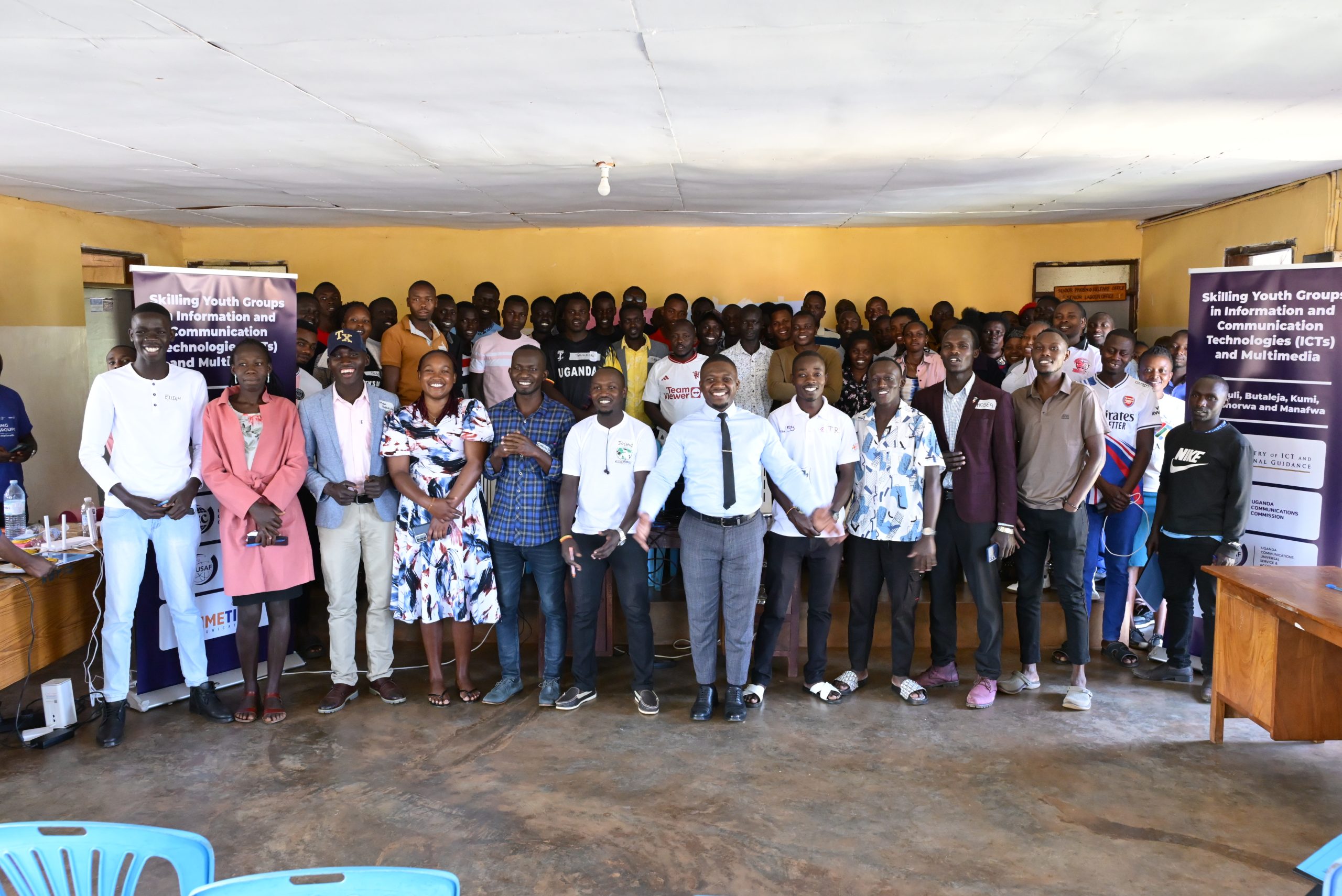#OutToLunch What other sectors can learn from fintech startups
By Denis Jjuuko
Ugandan and indeed African companies or startups as they are usually called especially in the fintech sector have been on a roll — raising money that wasn’t even previously seen in donor aid programmes. You have probably seen billboards all over Kampala and its suburbs of companies like Chipper Cash or taxis with rear windows branded Wave. Chipper Cash raised some US$250 million last year and Wave attracted US$200 million in September.
Even those that were not necessarily fintech such as Safe Boda got US$50 million from Google (although they are pivoting towards fintech) and Rocket Health which made a lot of inroads during Covid-19 lockdowns by providing home-based and telemedicine solutions recently announced that they had received some US$5 million. There are many others such as Flutterwave, Zembo and Treepz that are getting investor’s money to expand.
In 2020, African startups raised between US$1.3 billion and US$1.5 billion in venture capital. The number for 2021 is believed to be between US$4.5 billion and US$5 billion according to TechTrunch, a technology website that monitors funding in the tech sector.
This kind of interest in African startups is raising young people’s appetite for innovation knowing that they don’t necessarily need to be based in Silcon Valley to attract funding. Of course, the definition of what is an African startup is still out there for debate as some of these businesses aren’t actually owned by Africans rather by people interested in doing business on the continent.
Africa is home to some 1.4 billion people (same population as China) with a median age of 19. Companies like Liquid Technologies are rolling out the internet across the continent while Google and Facebook are working on undersea cables that will further enable more people to connect to the internet.
However, when the time for reaping the profits comes, Africans may not be able to get much since most of this funding is coming from outside the continent. African investors including our beloved swindlers of public funds (since they have been urged to invest the loot at home) need to look at this sector as well. What is it that foreign venture capital firms are seeing on the continent that we aren’t seeing? I don’t think they are just investing for the sake of it. And it might be late by the time we wake up.
Telecom companies providing mobile money services at extortionist rates will soon be looking over their shoulders. It is a matter of time before startups with millions of dollars in funding start eating into their profits but that is an article for another day.
The interest in the tech sector especially fintech by these venture capital firms reminded me of somebody who had an initial meeting with some telecom company that wanted to bring mobile phones in East Africa but never thought it was an idea that would take the region by storm. He missed out on the opportunity of a lifetime.
But also what can other entrepreneurs learn from the venture capital interest on the continent. I haven’t heard much interest in other sectors beyond fintech and technology generally. How do we attract funding in other sectors?
Sectors such as food processing, manufacturing, logistics, and construction need this kind of funding the fintech sector is attracting. Unlike fintech, these sectors will employ much more people on the continent and attract other sectors. For example, where one creates a factory, the real estate sector develops so employees can get housing, supermarkets and even banks set up to serve these employees. Manufacturing by its nature creates a lot of direct and indirect jobs.
There is need for African policy makers and entrepreneurs to understand what attracts large sums of money to the fintech startups and replicate it elsewhere. Africa today must be having the cheapest labour force anywhere in the world and many of these people are easily trainable for the repetitive jobs that manufacturing provides.
If a manufacturing business in Uganda attracted US$250 million in funding, it would actually set up a large factory and employ hundreds of people with sustainable jobs. It’s effect on the economy would be huge. I remember a few years ago, one of the biggest manufacturing companies in Uganda wanted to expand and got a syndicated loan from a few banks in Uganda of just US$100 million, which they used to set up their plant. So imagine the scale a manufacturer would reach with US$250 million in a country like Uganda. It is time for sectors to learn from fintech and attract venture capital.
The writer is a communication and visibility consultant. djjuuko@gmail.com.











